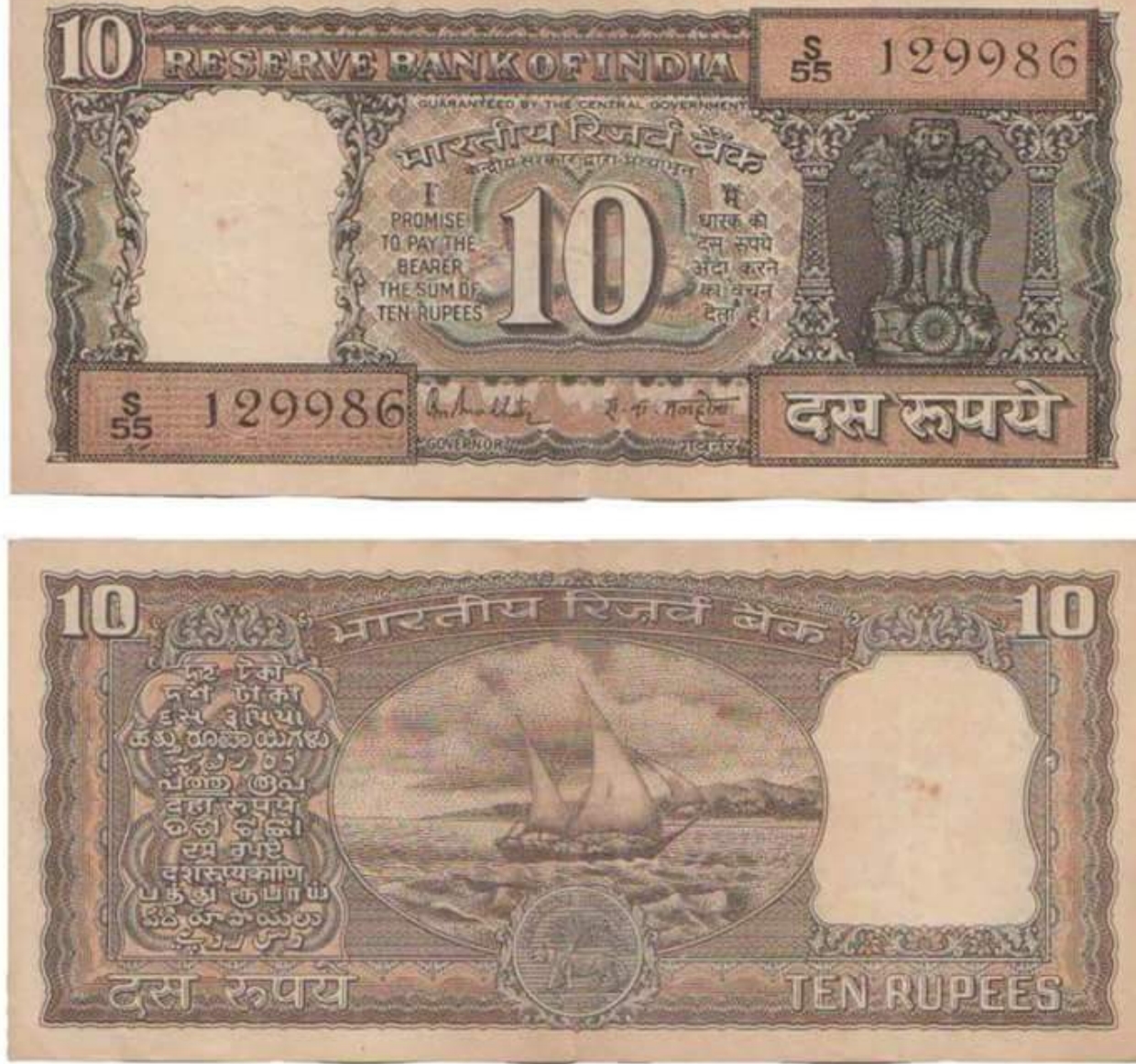Collection Of Indian OLD Currency Notes | જૂની નોટો નું અદભુત કલેક્શન
ચલણી નોટોનુ અદભુત કલેકશન.....
ભારતમા ચલણમા આવેલી નોટોનુ 1905 થી અત્યાર સુધીનુ કલેકશન pdf સ્વરૂપે.
88 પેજની આ pdf મા તમામ ચલણી નોટોના ફોટો છે.
એક વખત અચુક જુઓ જૂની યાદો તાજી થઈ જશે... તમારા બાળકોને પણ બતાવો
રૂ. 1 થી લઈ 10 હજાર સુધી ની નોટ
The currency rate is representative of the Bloomberg Generic Composite Rate (BGN), a representation based on indicator rates that are contributed only by market participants. The data is not based on any real market business. Currency data is delayed by 5 minutes, is provided for informational purposes only and is not intended for trading; Bloomberg does not guarantee the accuracy of the data. See full details and disclaimer.
The Indian rupee is the official currency of India. The rupee is divided into 100 paise (singular: paisa), although by 2019, the 1 rupee series has the lowest value in use. The issue of currency is controlled by the Reserve Bank of India. The Reserve Bank manages the currency in India and acquires its role in currency management under the Reserve Bank of India Act, 1934.
In 2010, a new rupee symbol was officially adopted. This was designed by DD Uday Kumar. It is derived from the Devanagari consonant and the verb of the Latin capital letter . The parallel lines at the top (with white spaces between them) induce the Indian flag of the tricolor and also show a sign of equality that symbolizes the country’s desire to reduce economic inequality. The first series of coins with the new rupee sign started circulating from July-July, 2011. Earlier, India used and “Ray” as symbols of many rupees and one rupee respectively.
The origin of the word “Rupee” is from Sanskrit word Rupya which means shaped, stamped, impressed, coin and also from the Sanskrit word “raupya” which means silver. There was a long history of struggle, exploration and wealth which can be traced back to the ancient India of the 6th Century BC regarding rupee. The Paper Currency Act of 1861 gave the Government the monopoly of note issued throughout the vast expanse of British India.
Important link.
જૂની નોટોનું અદભુત કલેક્શન જુઓ અહીંથી PDF
Collection of Indian currency notes from 1905 to date in pdf format. This 88 page pdf contains photos of all currency notes. Take a look once and for all.
The Government of India introduced the Gulf Rupee – also referred to as the Persian Gulf Rupee – replacing the Indian rupee with the Federal Reserve Bank of India Act of 1 May 1959 for circulation outside the country. The plan to create a separate currency was to scale back the strain on India’s foreign reserves through gold smuggling. After India devalued the rupee on June 6, 1966, those countries still use it – Oman, Qatar and therefore the True States exchanged the Gulf rupee for his or her own currency. Kuwait and Bahrain have already done so with the Kuwaiti dinar in 1961 and therefore the Bahraini dinar in 1965, respectively.








![[Video] The Suicide Clip That Went Viral On TikTok & Facebook Where Ronnie McNutt Killing Himself With A Gun](https://blogger.googleusercontent.com/img/b/R29vZ2xl/AVvXsEh0WSUxZwxucDgaEEhxo_Qkofv2OJaWZtDNzfRgJKVeoTEGriRYjJOYKcReOLmllP7SHkizDhBT0_i3nwNy2MYth1kj0pOnn73FcRqhDCvp5HW7TApYqsFQiF7UItuIFKKylALXYU1M7Ls/w100/Ronnie-McNutt-Warning-.png)



![Windows 10 21364 is available for the Insider to download [Update]](https://blogger.googleusercontent.com/img/b/R29vZ2xl/AVvXsEhHHga7wvfCIBjtfvBfT4xcV64OJAf5CO1fIj1Ubz4yo9sf9Im1MMV3UmnFh7erkFpJEhOd8kcfjo14BZPjd7nnU2UNDL_APG-yCzWN4GjezKYZZlzq3rxDr7zEIahtDGC6id1kBCf7hV0/w100/Windows+10+21364+is+available+for+the+Insider+to+download+%255BUpdate%255D.webp)




0 Comments